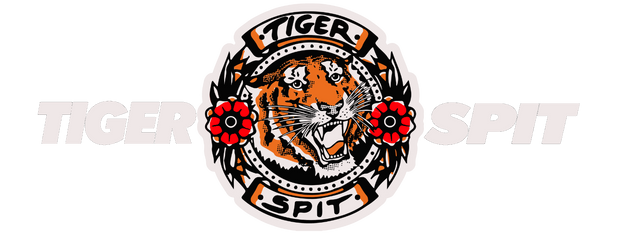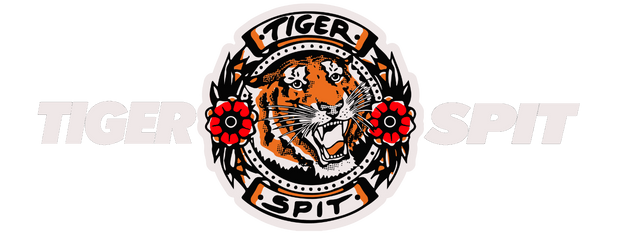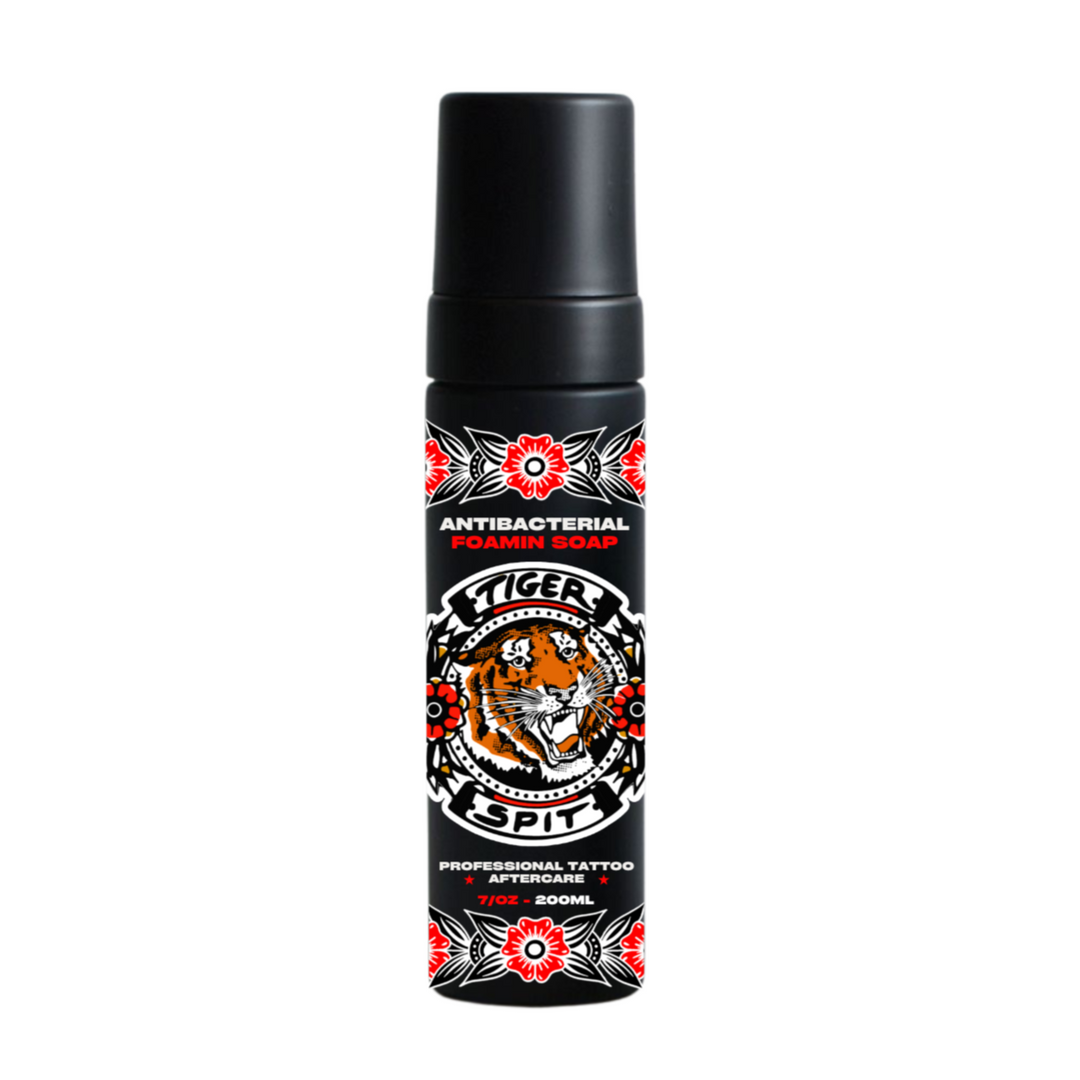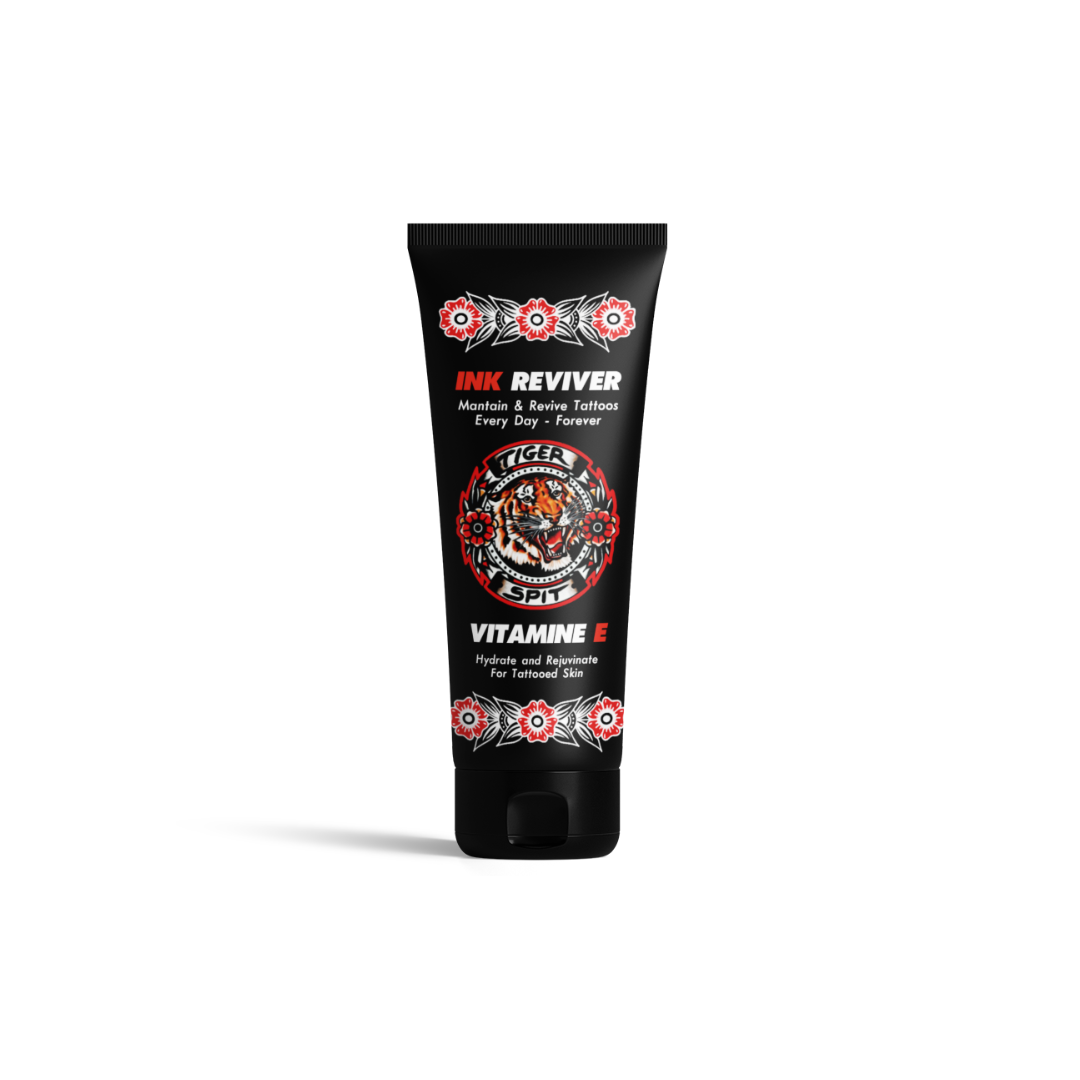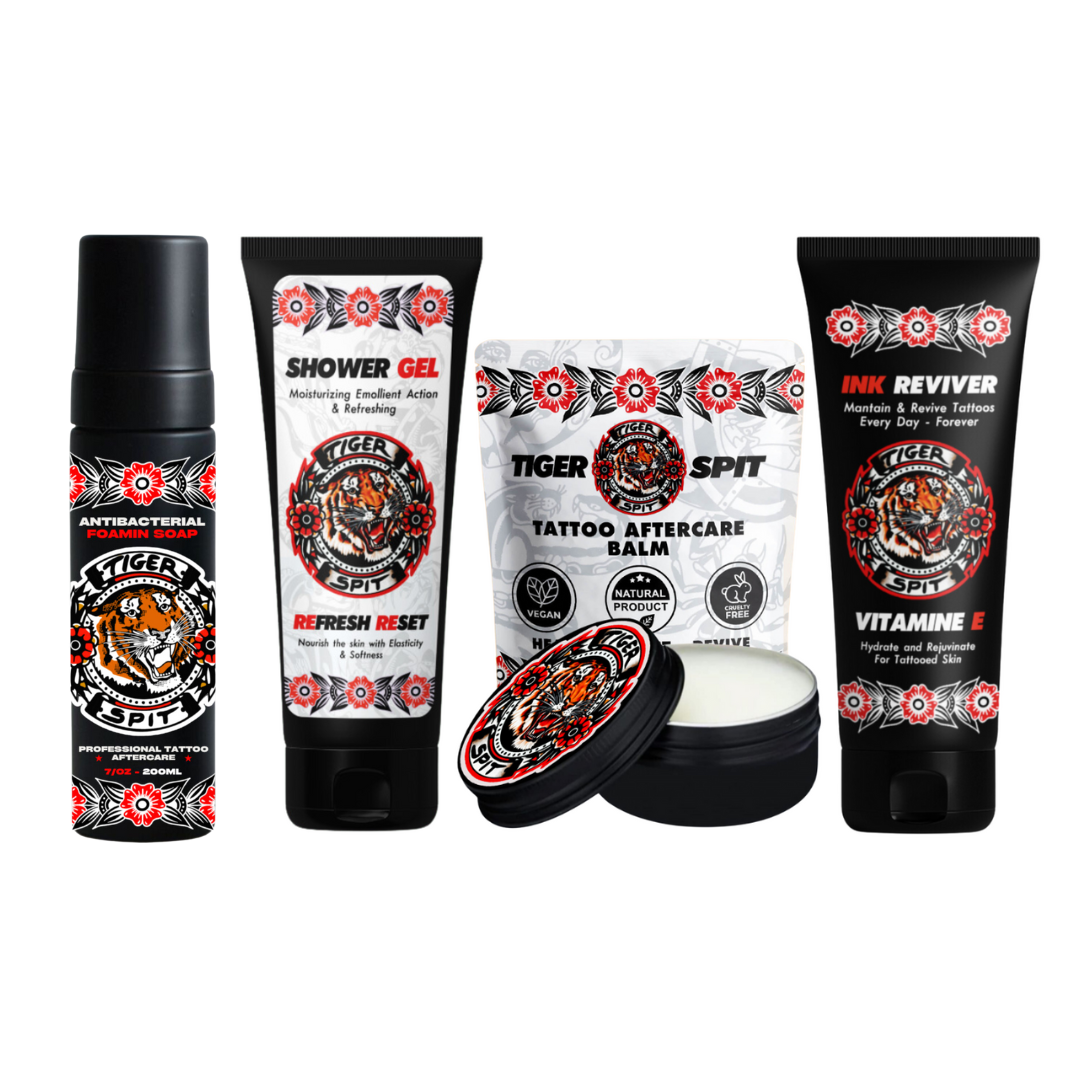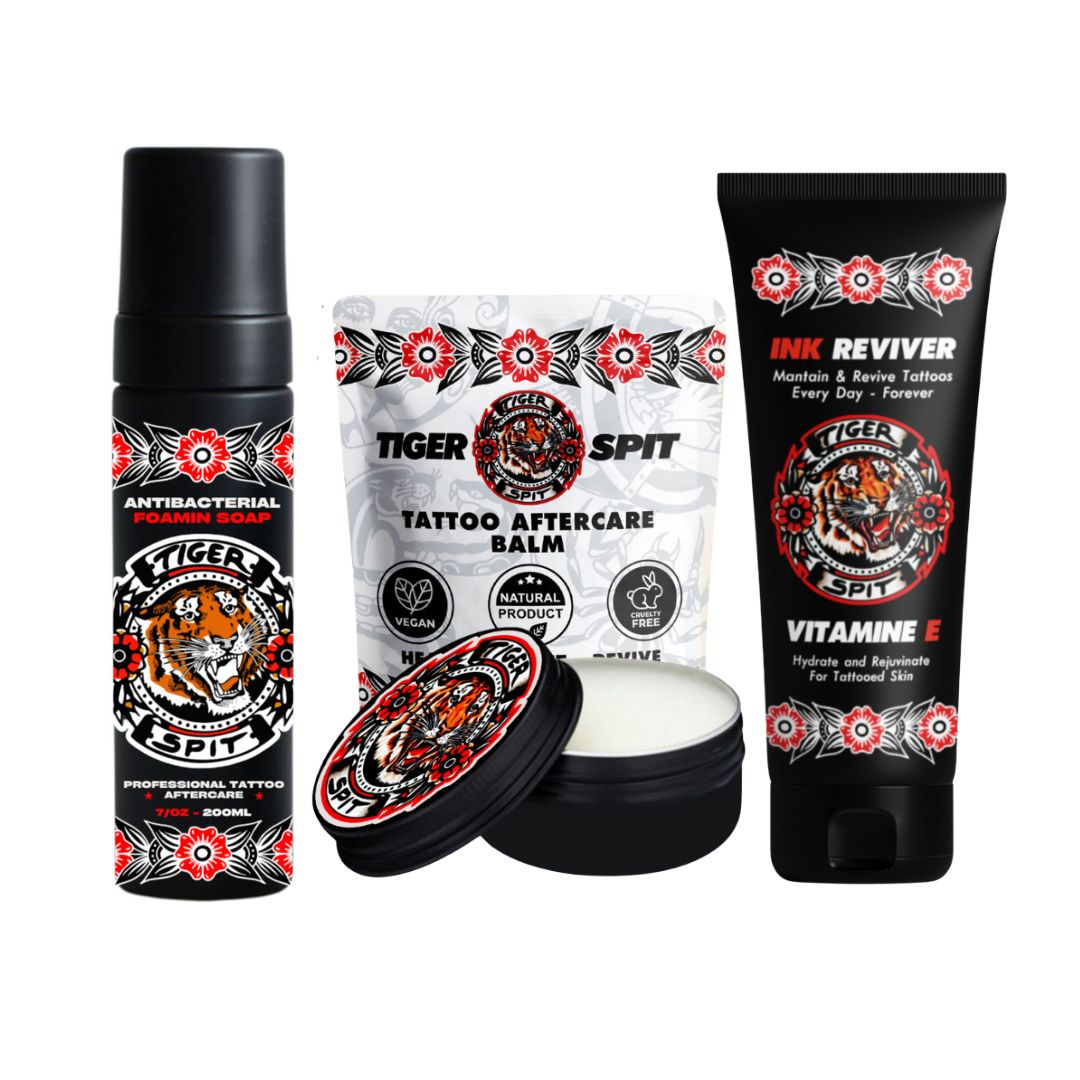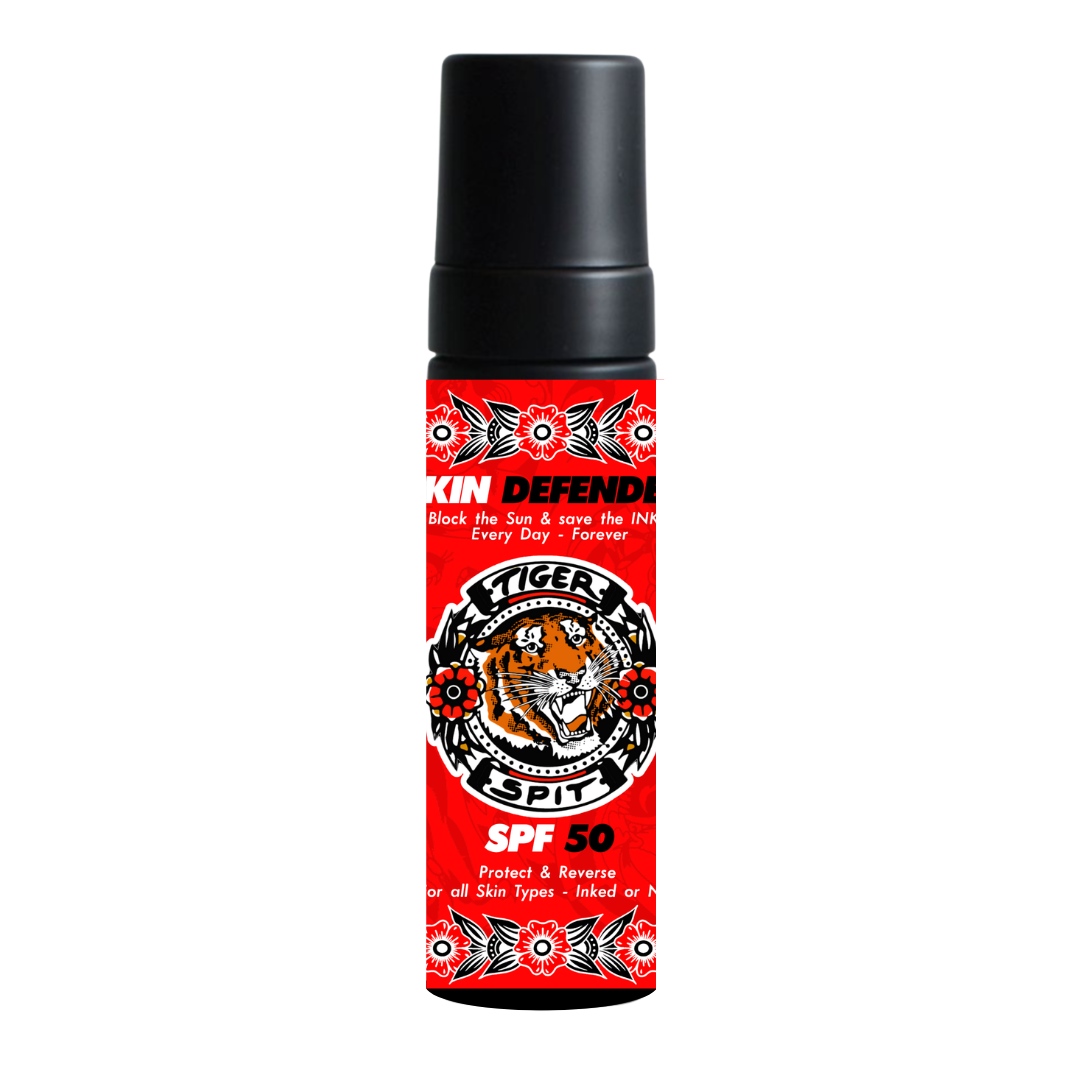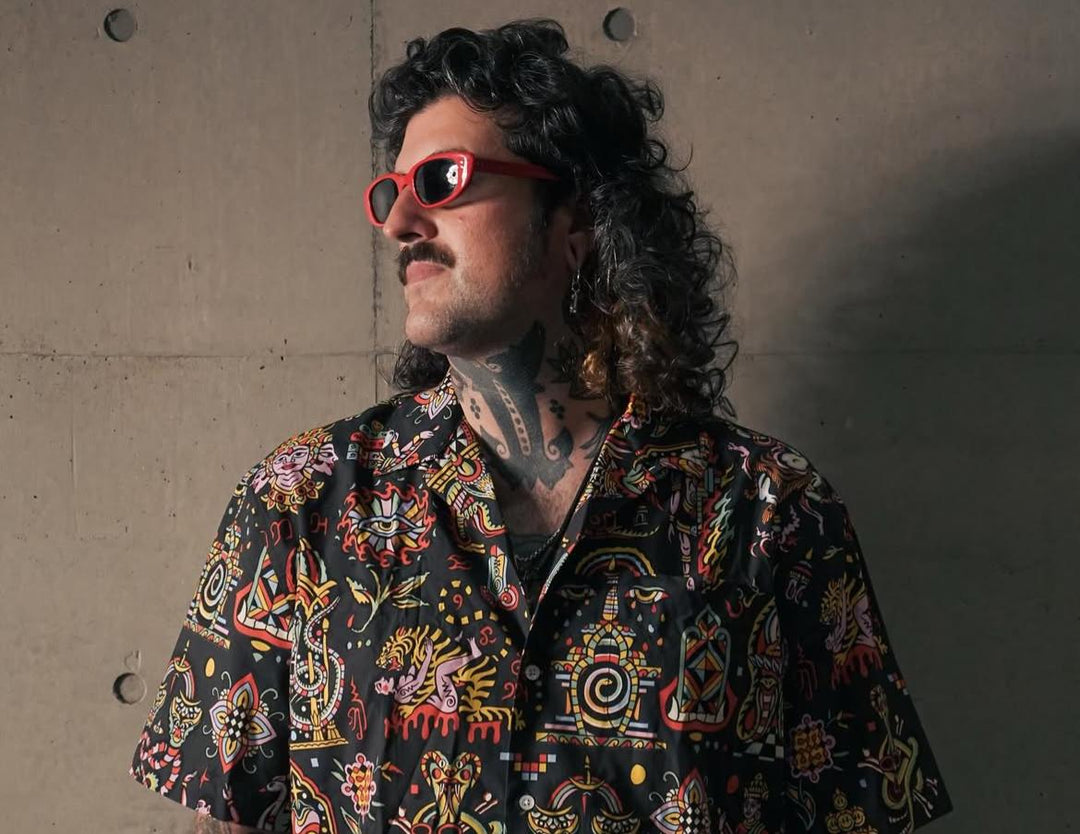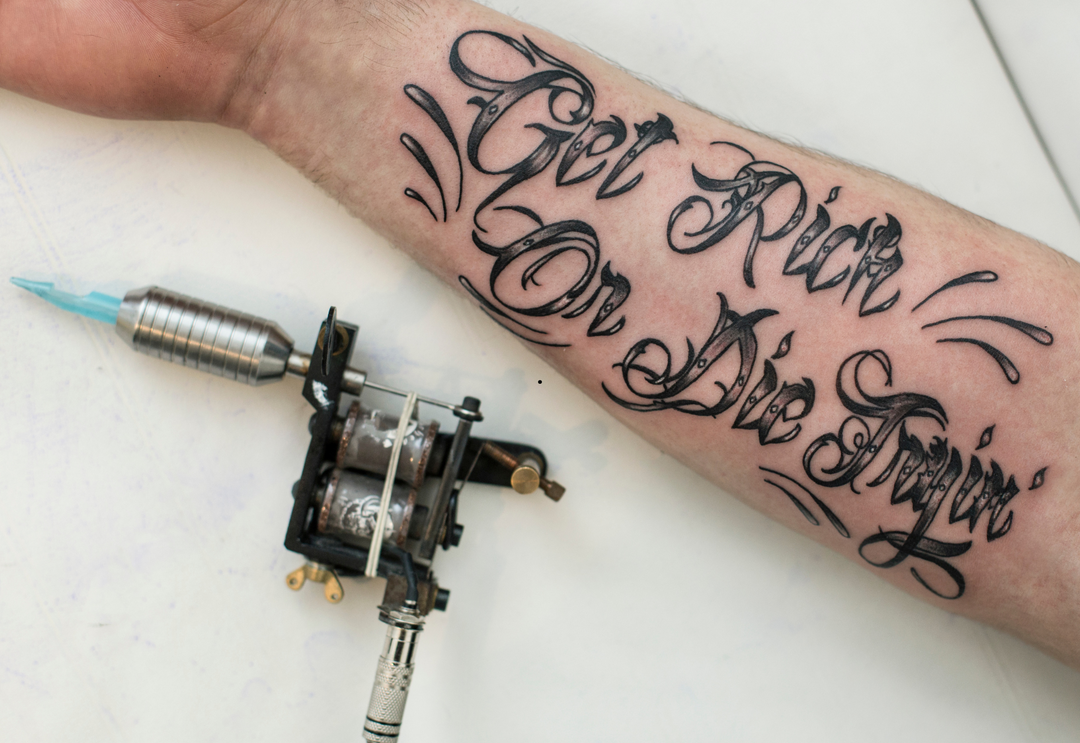Tattoo Styles and Trends in the past 3 decades.
Over the past 30 years, the tattoo industry has seen a tremendous evolution in the styles and trends of tattoo designs. From the traditional designs of the past to modern and abstract art, the diversity of tattoo styles has grown exponentially.
One of the most significant changes in tattoo styles has been the rise of blackwork and minimalism. Blackwork is a style of tattooing that uses black ink to create bold, graphic designs with strong contrast. Minimalism, on the other hand, involves using simple lines and shapes to create clean and minimalist designs. These styles have gained popularity in recent years, particularly among those seeking a more understated look.
Another popular style that has emerged over the last 30 years is watercolor tattoos. Watercolor tattoos use vibrant colors and flowing designs to create a painting-like effect on the skin. This style has gained a significant following among those looking for unique and artistic designs.
Traditional styles of tattooing, such as tribal and Japanese styles, have also evolved over the past 30 years. These styles have become more intricate and detailed, with artists taking inspiration from a wider range of cultural sources. Japanese styles, for example, have become more influenced by Western art, resulting in a fusion of traditional Japanese designs and modern techniques.
Realistic and portrait tattoos have also gained in popularity over the past few decades. These styles involve creating detailed and lifelike images of people, animals, or objects. With the advancement of technology, tattoo artists have been able to create more realistic and detailed tattoos, resulting in a growing demand for these styles.
Finally, new tattooing techniques have emerged in recent years, leading to the creation of unique and innovative designs. For example, hand-poked tattoos, which involve using a needle and thread to hand-stitch the design into the skin, have gained popularity as a more traditional and intimate way of tattooing.
In conclusion, the evolution of tattoo styles over the past 30 years has been vast and diverse. From the traditional styles of the past to the modern and abstract designs of today, the tattoo industry has seen a significant transformation in the diversity and complexity of tattoo designs. With new techniques and technologies constantly emerging, the possibilities for tattoo styles and designs are endless, and we can expect to see even more exciting and innovative trends in the years to come.
